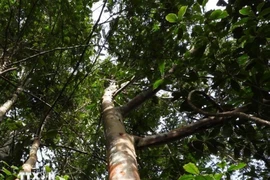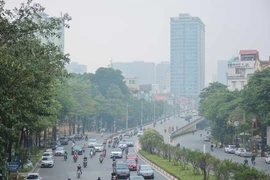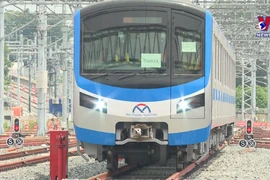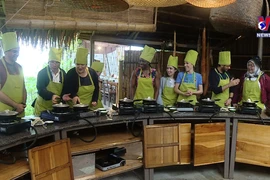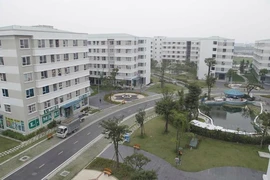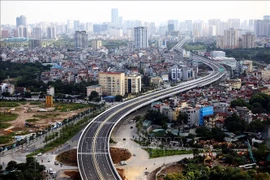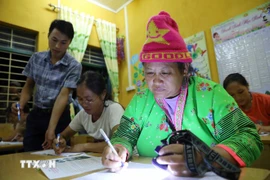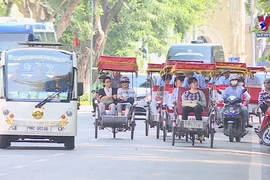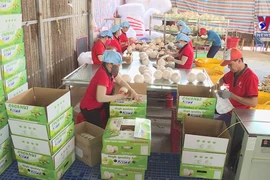| In Dien Bien today, H’mong ethnic blacksmiths craft knives using a simple setup: a furnace made of a few bricks, a fan to stoke the fire, and a grinder to streamline the shaping process. This traditional craft, passed down through generations, produces high-quality agricultural tools like knives, essential for farming and forest activities in the H’mong community. Despite the popularity of modern tools flooding the market at lower prices, H’mong knives remain highly valued for their durability and quality. Like blacksmiths elsewhere, the H’Mong ethnic people prioritize using steel from car springs due to its elasticity and durability. The choice of material is crucial, as it directly influences the final quality of the product. Improper handling can lead to knives that easily break or chip. Additionally, skilled craftsmen must master the nuances of coal, fire, and the surrounding environment. Recognizing its cultural significance, in 2023, training sessions were conducted to preserve the traditional blacksmithing techniques. Cu A Du, a dedicated student, values how learning this craft deepens his connection with his heritage. As Vietnam's second blacksmithing tradition listed on the National Intangible Cultural Heritage, H’mong blacksmithing embodies the nation's identity, preserving invaluable knowledge and skills across generations./. |
